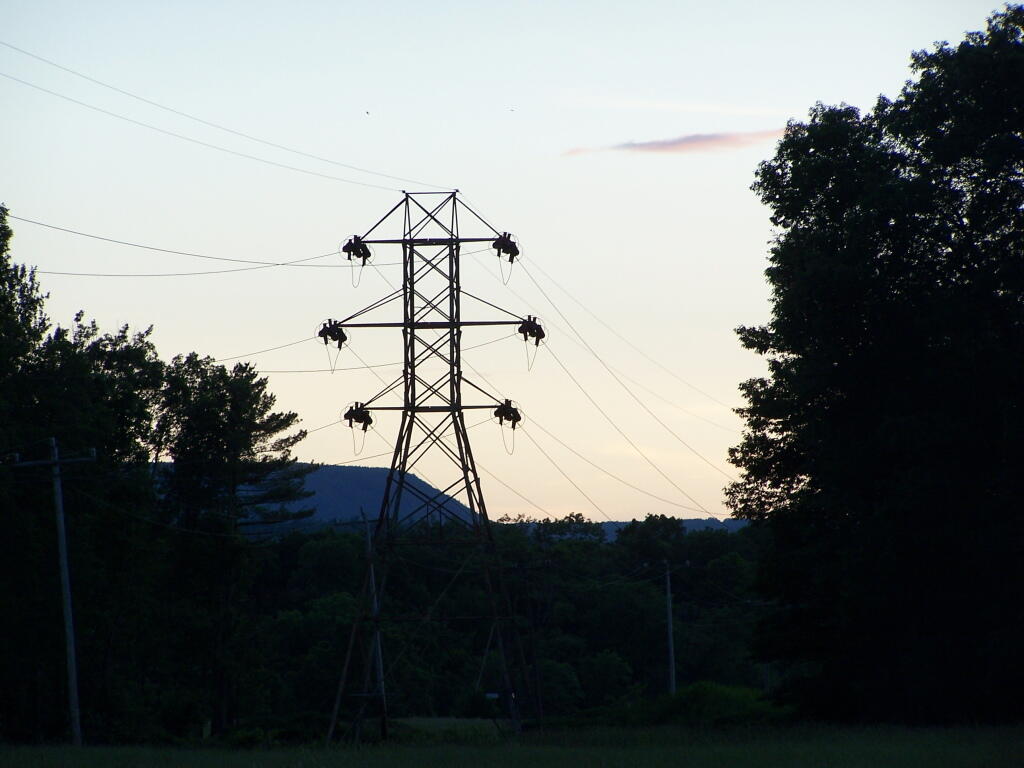Fur use – Perspective from a retired forester and wildlife manager — Furbearer Conservation
Fur use – Perspective from a retired forester and wildlife manager — Furbearer Conservation
The Furbearer Conservation project, which originated in 2014 merely as a web-based, pro-hunting/trapping postboard for greater New England, has evolved into a full fledged resource and commentary on both wildlife management policy, and the ever-changing future thereof. Its truly fascinating once one puts down the proverbial pitchfork and torch, and resides as a casual observer on the sideline rather than the no-nonsense pro-hunting warrior who once typed before you.
Translation: I do strongly support regulated aspects of hunting and trapping of abundant mammalian species - more-so on the grounds of beneficial (and sustainable) use and management; but my attention and interests have definitely shifted to more of a spectator sport. I’ve become accustomed to drudging up some good talking points and science-based references for why regulated hunting and trapping are beneficial on the modern landscape, and let you, the reader, take the content for what its worth. After all, society as a whole ultimately must decide the fate of the hunter (and trapper) and the wildlife in which he/she pursues. I’ve found people really don’t like being talked at as much as being spoken to - interpret that how you will.
In other words, my constituents and I compile research and talking points that support the idea of managing wildlife, discuss the conflict that surrounds the challenging aspects of living with wildlife, and hurl it against this proverbial web-based cork-board for your viewing and thought-provoking pleasure. You’re welcome.
